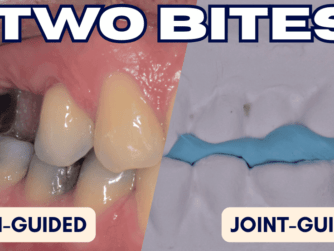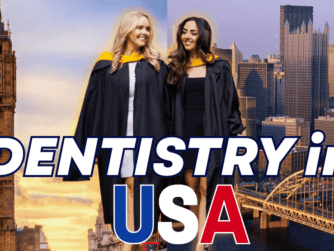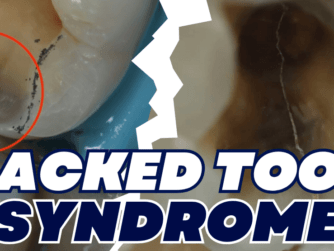Podcast: Play in new window | Download (Duration: 1:02:33 — 88.4MB)
Subscribe: RSS
Canine guidance is overrated. Read that again. Crazy, I know. In this episode, one of my mentors Dr Riaz Yar explains the rationale of a functional occlusion whereby the pillars are the central incisor and the first molar.
I found some similarities to the Posterior Guided Occlusion (click to listen to the episodes by Dr Andy Toy) in that we place too much emphasis on canine guidance.
Protrusive Dental Pearl:
There is no joy in mediocre Dentistry
Dr John Kois
I hope you find this episode stimulating – and if you are a true protruserati, you will be grateful for another point of view AND NOT be upset that we all can’t agree with each other, haha!
Stay tuned for STRAIGHTPRIL!
Did you miss out on SplintCourse enrollment? It will be relaunching in June – click here to register for the launch offer
Check out Dr Riaz Yar’s courses here – his book will also be launching in Q4 2021 – watch this space!
If you enjoyed this episode, check out Posterior Guided Occlusion with Andy Toy!








[…] If you enjoyed this episode, check out Philosophy of Functional Occlusion with Riaz Yar […]
[…] If you liked this episode, you will also like Philosophy of Functional Occlusion with Riaz Yar – PDP066 […]